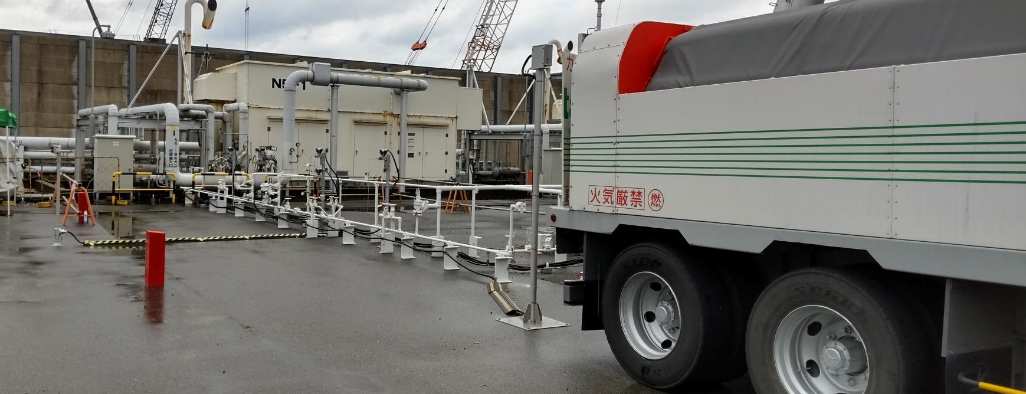This story requires a subscription
This includes a single user license.
In October 2023, Tohoku Electric’s Niigata thermal power station No. 5 series, a 109 MW natural gas plant, completed a hydrogen co-firing test.
Tohoku achieved a hydrogen co-firing rate of 1 percent with regasified LNG at the 54.5 MW No.5-1 unit in northwest Japan’s Niigata prefecture.
This was the first test of its kind in Japan at a commercial gas combined cycle thermal power plant.
In order to verify a higher mixing ratio than in the previous test, Tohoku Electric decided to conduct a test with about 8 percent hydrogen in the mix, the utility said in a statement on Friday.
The test took place on October 29 and 30.
Tohoku Electric said it has successfully achieved a hydrogen co-firing rate of 8 percent with regasified LNG at the No.5-1 unit.
The move is part of Tohoku Electric’s plans to achieve carbon natural operations by 2050.
Tohoku Electric said it will continue to actively take on the challenge of decarbonizing LNG-fired power generation and achieving carbon neutrality in the future, including utilizing the knowledge gained from this demonstration test in the development of large gas combined cycle facilities.
In addition to Tohoku Electric, Japan’s power firm and LNG trading giant Jera started supplying larger volumes of ammonia to its coal-fueled Hekinan thermal power station earlier this year as part of a demonstration project.
Jera previously joined forces with compatriot IHI on the pilot project.
In October 2021, the duo started supplying smaller amounts of ammonia to the power plant.
The project previously aimed to achieve an ammonia co-firing rate of 20 percent at the 1 GW Hekinan power station unit 4 in fiscal 2024.
However, in 2022, the partners decided to move the start of large-volume ammonia co-firing to fiscal 2023, ending March 2024.
Jera and IHI completed this demonstration testing in April this year. They achieved a 20 percent substitution of fuel ammonia while operating at a rated output of 1 GW.

